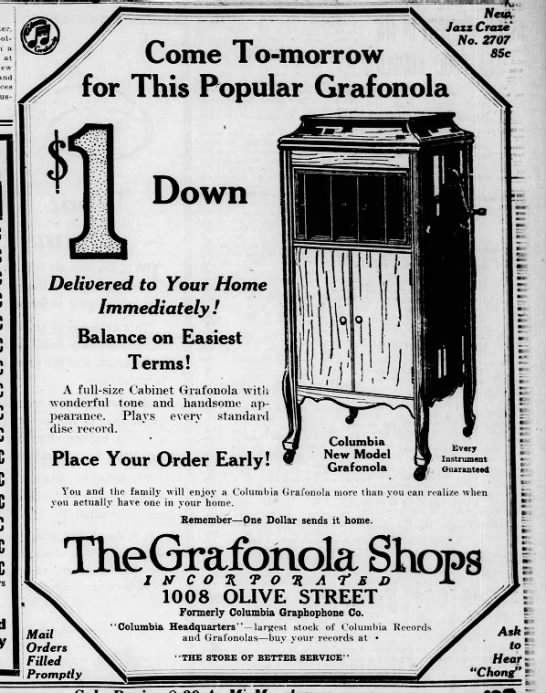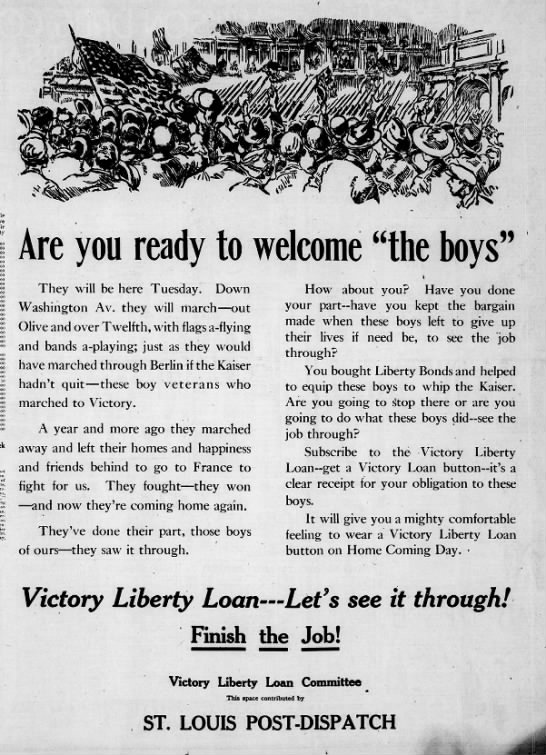I read three historical fiction books at once, each about 400 pages long. They were very different not just in subject matter but in how they presented history.
Historical fiction can recreate history through story. It can reinterpret history through an author's viewpoint. And it can illuminate history for deeper, timeless messages. To me, each book represented one of these uses.
Recreating History Through Story: Lost Roses by Martha Hall Kelly
Lost Roses by Martha Hall Kelly is the prequel to her first novel
The Lilac Girls.
The Lilac Girls tells the story of Polish girls sent to Ravensbruck where the Nazis perform disfiguring operations on their legs. After the war, American socialite Caroline Ferriday takes up their cause and brings them to New York City for corrective surgery.
In her new book, Kelly turns her attention to Caroline's mother Eliza who was friends with Russian aristocrats, cousins of the Romanovs. Like others of their class, they lead a decadent and luxurious life. Kelly draws the daughters and their father to be sympathetic, their stepmother less so. With the toppling of the Tsar and the uprising against the aristocrats, the family finds themselves at the mercy of the Reds. The brutality of the Reds is depicted through two former prisoners who hold the family hostage.
Any 'White Russians' who could fled Russia. Meeting these refugee women, Eliza had compassion and organized to find them homes and employment.
The focus is on the aristocratic Sofya's search for her son who was both rescued and separated from her during the uprising. The boy was in the care of a peasant girl, Varinka, who disappears with him. It allows us to see two sides of the revolution while engaging our sympathy.
The novel was the May Barnes and Noble Book Club Choice. At our local group, several readers were swept into the story. Others wished there was a better grounding in the historical background of the Russian Revolution. It was agreed that family trees would have helped them.
Kelly fell in love with the Ferriday family while researching her first book. She is writing a second prequel about the family set during the Civil War. This book adds to the Ferriday family's history.
The novel is the May Barnes and Noble Book Club selection. I purchased a copy.
Reinterpreting History: Courting Mr. Lincoln by Louis Bayard
At the same time, I was reading
Courting Mr. Lincoln, which the publisher offered me. Louis Bayard's novel is about the pre-marriage relationship between Abraham Lincoln and Mary Todd and Lincoln and his friend and roommate Joshua Speed. The novel is based on the myth created by gay activist Larry Kramer that Speed and Lincoln had a sexual relationship. Kramer claimed to have evidence but he never made it public.
I have read several books on Mary Todd Lincoln and had my own idea of her personality.
The novel begins when Mary arrives in Springfield to her sister's home to find a husband. The frontier town of 1,500 is described as primitive. I had read that Mary was well pursued and admired as a girl, but Bayard gives us a woman tipping into spinsterhood, surrounded by inferior suitors--except for Joshua Speed, who is dapper and handsome but standoffish with the ladies. Mary is at times audacious and has an unwomanly interest in politics.
Speed introduces Lincoln to Mary. Lincoln is stereotyped as a country bumpkin who must be educated to fit into society, a job Speed takes on. Bayard does not really convince me why Mary becomes attached to Lincoln. His character is the least developed. I had read that Mary strongly believed in Lincoln's political future. The book includes their falling out and coming back together leaving the lovelorn Speed to marry a woman who is happy to avoid the physical obligations of marriage.
I ended up speed reading through half the book. I do hope readers understand this is fiction! The portrait of Mary may surprise some readers who only know the yellow journalism view of her later life, the mad widow reduced to selling her clothing and sent to the asylum by her only surviving child. In the end, I see this as Joshua Speed's story, assuming he was in love with Lincoln.
I received a free ebook from the publisher through NetGalley. My review is fair and unbiased.
Courting Mr. Lincoln
by Louis Bayard
Algonquin Books
Pub Date 23 Apr 2019
ISBN
9781616208479
PRICE
$27.95 (USD)
Historical Fiction as Illuminating: The Guest Book by Sarah Blake
The third novel I was reading at the same time was an ARC sent to me by the publisher,
The Guest Book by Sarah Blake. It caught my interest early with beautiful, descriptive language and interesting characters. It is about the culpability of silence and the Milton family secrets, how wealth and privilege control the gates of power, and the acceptance of prejudice, racism, and anti-Semitism.
It is a family drama covering three generations of a wealthy, white family of privilege with deep American roots. There was a Milton in the first class at Harvard. They built a banking empire and thrived even during the Depression.
The first chapter is set in 1935 when young wife Kitty is filled with the joy of spring and ends with a horrible tragedy. I was hooked and compelled to read on.
The Guest Book recalled to mind E. M. Forster's
Howard's End, one of my favorite novels. Forster's novel set in Edwardian England considers class and inheritance. Blake's novel considers prejudice and inheritance. Some characters can not give up their protected status of privilege and some rankle against it, hoping for a more just and equitable system.
In 1939, at the height of the Depression, Ogden Milton purchased an island retreat in Maine. Ogden hopes to begin anew with his wife Kitty after a tragic accident shattered their world. The island becomes part of their lives, representing all that is good and beautiful. It also holds them to the past, a place that resists change, from the upholstery and wallpaper to the ghosts that haunt it.
Milton's banking concern survived the Depression and continued to thrive during the war--partly because of German investments in steel which lead to business with the Nazis. When the steel magnate's daughter, who married a Jewish musician, asks Kitty to keep her child, Kitty turns her down. They return to Germany and are never heard of again. It is a guilty secret she keeps for decades.
Kitty and Ogden have daughters Joan and Evie and son Moss.
Evie behaves correctly, going to college and marrying the 'right kind' of man.
Joan has epilepsy and believes she will never marry. Then she meets Len Levy, a self-made man hired by her father's bank. He is a man of vision but his idea of opening the stock market to the middle and working class is rejected. Len is Jewish and people like the Miltons stick to their own kind. They keep their affair secret.
Moss is to inherit his father's position but chaffs under the expectations and prejudices of their aristocratic social class. He dreams of writing music for a new America and the changes he hears humming just out of reach.
On a fatal night in 1959, the family gathered on the island for Evie's wedding, two outsiders arrive at Moss's invitation. Len Levy and his Chicago childhood friend, Reg Pauling, an African American writer. Although they went to Harvard with Moss, these men know there are walls and gates that shut them out. In spite of Moss's vision of a new America of inclusivity--in spite of the passionate love between Len and Joan--they understand they are outsiders. The Miltons can be benevolent but they stick to the standards of the past.
What happens on that fateful day is kept secret. It is only known as the day Moss died.
After the passing of their grandparents and parents, Joan and Evie's children and their cousins must decide what to do with the Milton island home. Joan's daughter Evie can't bear to let go of the place, vivid memories mooring her to the island. But the family has run out of inherited money and the grandchildren have chosen idealistic careers that don't come with a large income. Evie's husband Paul, who is Jewish, can't understand her need to hang on to the island.
Evie is tormented by questions. Why did her mother Joan ask that her ashes be scattered on the rocky beach on the island? What was the story behind the photograph of their grandfather Ogden with a Nazi? How did Uncle Moss die? Why did her grandmother Kitty want the stranger Reg Pauling to get Moss's inheritance? Clues impel Evie to detangle the past until the family secrets are finally revealed.
In
Howard's End, Forster asks who is to inherit Britain. In
The Guest Book, the question of who is to inherit the island is at stake. The island becomes a symbol of the monied, white elite's world of privilege. Can they keep it?
I received an ARC from the publisher in exchange for a fair and unbiased review.
The Guest Book
by Sarah Blake
Flatiron Books
On Sale: 05/07/2019
$27.99 hardcover
ISBN: 9781250110251



























